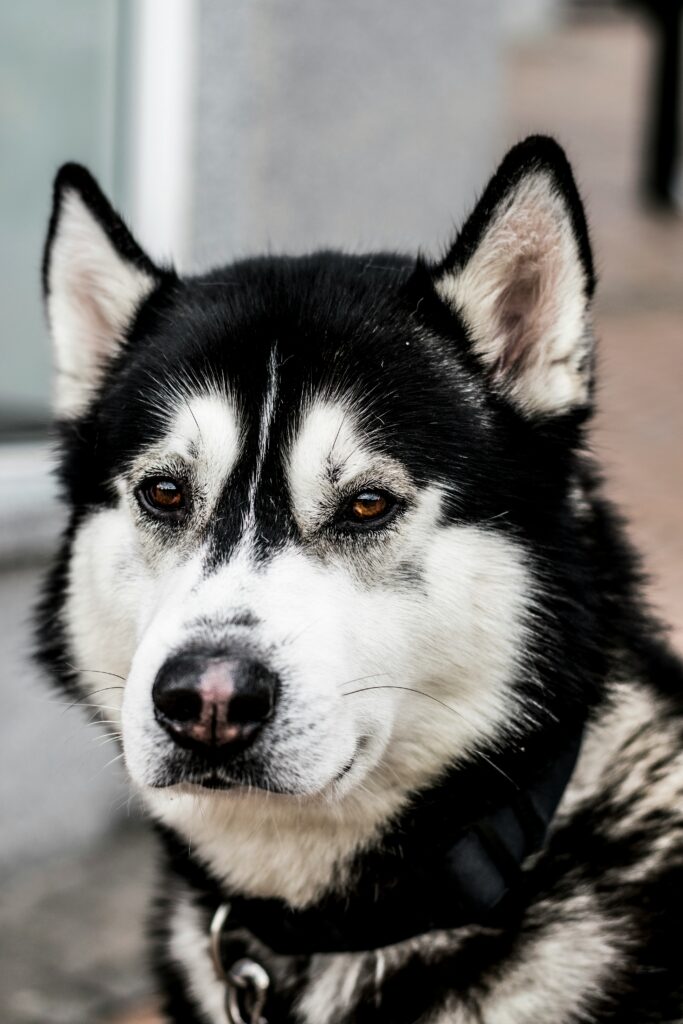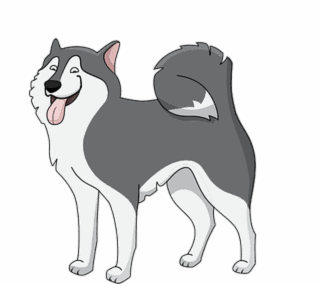Would you like to take part?
I’m offering 3 free massage therapy treatments for your dog as part of my clinical training.

- Senior dogs/signs of ageing.
- Chronic pain and stiffness/slowing down.
- Orthopaedic conditions such as arthritis, hip/elbow dysplasia.
- Performance dogs eg Agility/Obedience/Working..
- Lameness and gait or postural changes.
- Neurological conditions.
- Premature signs of ageing.
- Anxiety issues.
- Changes in previously normal activities of daily living such as jumping in and out the car, on/off sofa, reluctance to go on walks, depression and grumpiness.

- 3 free clinical massage sessions over 3-5 weeks lasting approximately 1 to 1.5 hours.
- Gait and postural analysis.
- Clinical massage – Myofascial Release and Lenton Method®.
- Sports Massage, deep tissue and Swedish massage.
For responding dogs results are usually seen in 1 – 3 sessions. Even if your dog does not have any particular issues, they can still benefit from massage as there are often all sorts of minor strains and areas of pain that go unnoticed.
If you would be happy for your dog to take part then I provide you with a veterinary consent form. You fill in the first part and your vet completes the second part. This is to comply with the Veterinary Act 1966 & Exemptions Order 2015. Once the vet has given their consent then we can arrange a time and place for your dog’s first clinical massage therapy session. I’m still a student and this website is not any kind of business, rather it is just to provide a little more information about it all.

